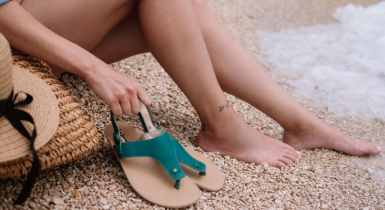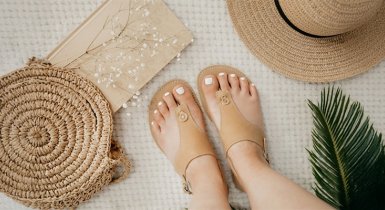Switching to Barefoot Shoes: How to Transition from Traditional Footwear Comfortably and Safely
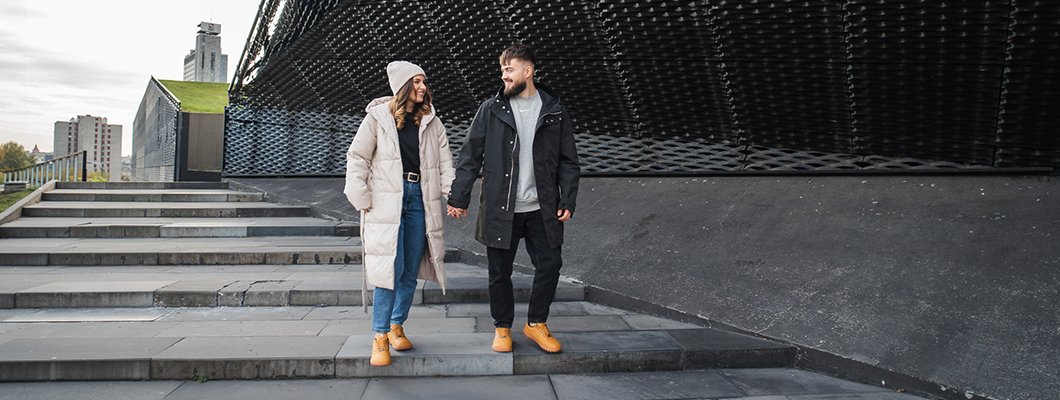
We all know the feeling — that sigh of relief after finally taking off tight, uncomfortable shoes. For years, traditional footwear has restricted natural foot function, weakening muscles and limiting movement. The good news? You can give your feet back their freedom. Transitioning to barefoot shoes isn’t just about changing footwear — it’s about retraining how you walk, stand, and move. When done correctly, it strengthens your legs, improves posture, and helps you move naturally again.
Table of contents
- How should you switch from traditional shoes to barefoot?
- Is it safe to switch to barefoot shoes during winter?
- Can barefoot shoes be stylish and fashionable?
How should you switch from traditional shoes to barefoot?
Transitioning to barefoot footwear takes time, patience, and the right mindset. Years of wearing stiff, cushioned shoes have changed how your feet move and how your muscles support your body. Here’s how to make the shift smoothly.
Start with transitional models
If you’re new to barefoot shoes, don’t rush. Let your feet adapt gradually. Choose transitional models with slightly thicker soles to bridge the gap between conventional and barefoot footwear.
Great starting options include:
- Barebarics Zing – a top-selling model available in multiple colors and versions, including ankle and winter styles.
- Barebarics Wave – sporty, colorful, and flexible, ideal for everyday wear.
- Barebarics Futura – a bold choice with a futuristic design for those who want something unique.
Gradually increase wearing time
Your feet need time to adjust to new movement mechanics.
- Start by wearing barefoot shoes 30–60 minutes a day.
- Gradually extend the duration each week.
- Alternate between traditional and barefoot shoes as needed.
This slow adaptation helps strengthen your arches and stabilizing muscles, reducing the risk of discomfort or strain.
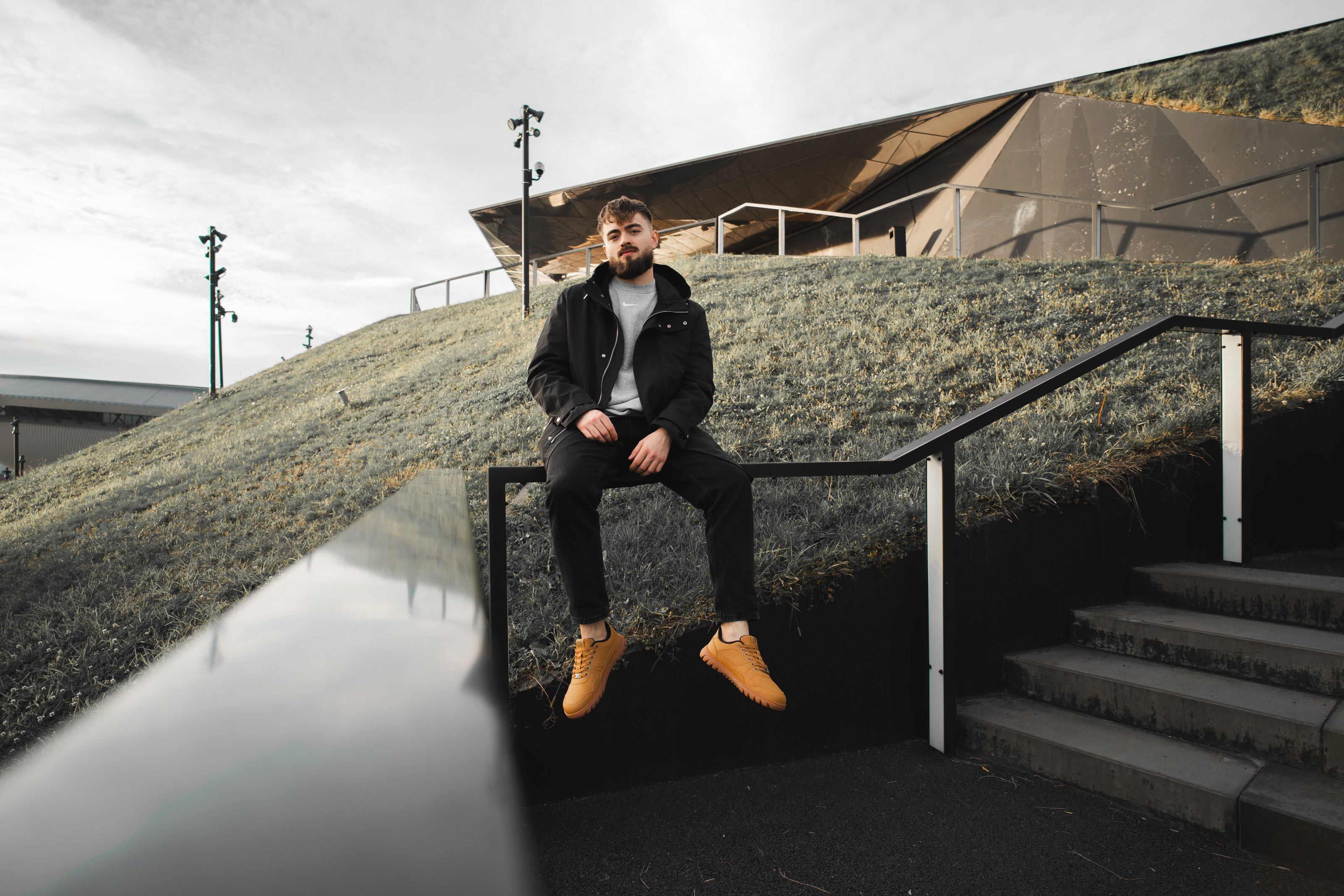
Adjust your walking style
Walking in barefoot shoes feels different — and that’s the point. Traditional sneakers often promote heavy heel strikes, which stress your joints and encourage a forward lean.
When wearing barefoot shoes:
- Step lightly and smoothly.
- Focus on landing on the midfoot instead of the heel.
- Keep your posture upright and relaxed.
With time, this new gait becomes natural — supporting better balance and alignment.

Patience brings strong feet
Remember, your feet have been confined for years. Allow them to rediscover natural movement at their own pace. If you feel soreness or tension, slow down, stretch, or rest. The process may take weeks, but it pays off with stronger, more resilient feet that can handle daily life effortlessly.
Is it safe to switch to barefoot shoes during winter?
Absolutely. Contrary to common belief, you can transition to barefoot shoes even in colder months — as long as you choose insulated, weatherproof models.
Cold temperatures and thick socks often mean tight boots and restricted circulation. Barefoot winter shoes let your feet move and stay warm without pressure.
Recommended options from Be Lenka include the bestseller ArcticEdge – durable, slip-resistant, and great for wet city streets.
These designs combine barefoot freedom with practical cold-weather protection.
Can barefoot shoes be stylish and fashionable?
Yes — barefoot shoes have evolved far beyond their early sporty look. Today, you can easily find elegant, modern designs that fit both casual and professional settings.

For example:
- Be Lenka Olivia – minimalist, trendy colors perfect for fall outfits..
- Be Lenka moccasins – soft, versatile, and great for all-day comfort.
With these options, you can move naturally and look great doing it — no compromises.
Transitioning to barefoot shoes means reclaiming your body’s natural movement and comfort.
Start gradually, choose transitional models, adjust your gait, and listen to your body. With patience and consistency, your feet will regain strength, mobility, and balance — and you’ll likely never want to go back to traditional shoes again.
- Find your ideal size with our sizing guide.
- Explore the latest barefoot sneakers collection.
- Contact us if you need expert advice.

Sources
- Holowka, M., & Wallace, I. J. (2021). Barefoot walking: Implications for foot mechanics and injury prevention. Journal of Foot and Ankle Research, 14(1), 1–9.
- Zeininger, A., et al. (2022). Minimal footwear and foot health: Evidence from long-term studies. Frontiers in Sports and Active Living, 4, 888125.
Is it okay to wear barefoot shoes all day right away?
+ -It’s best to start gradually. Begin with short sessions, then increase time as your feet strengthen.
Do I need to change my walking technique in barefoot shoes?
+ -Yes. Focus on midfoot stepping and maintaining an upright posture to reduce joint stress.
Can I wear barefoot shoes in cold weather?
+ -Definitely. Choose insulated, non-slip models like Zing Frost or ArcticEdge for winter comfort.
How long does adaptation usually take?
+ -Most people feel fully comfortable after 4–8 weeks of gradual transition and light foot exercises.
 DE / USD
DE / USD

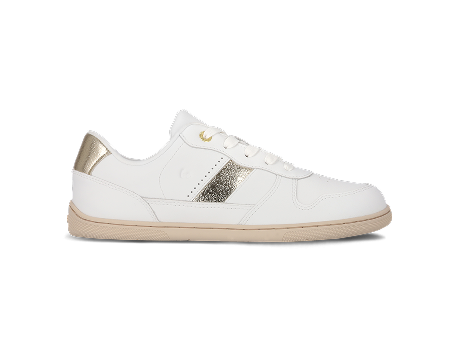

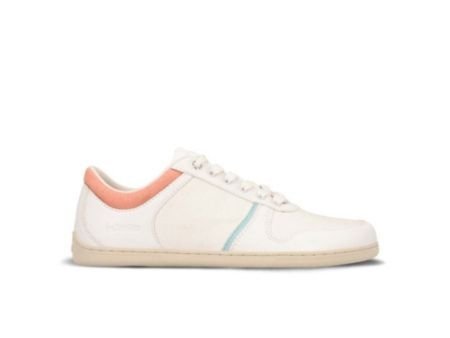
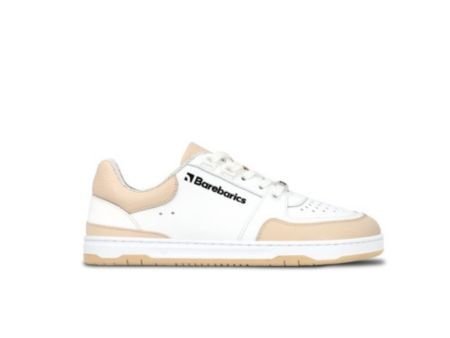

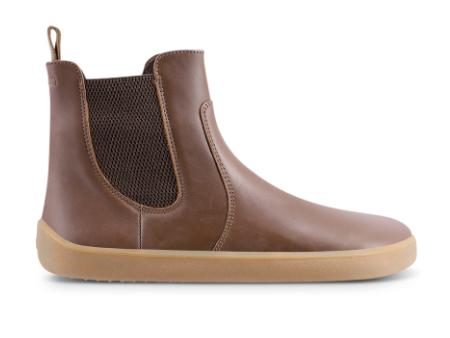


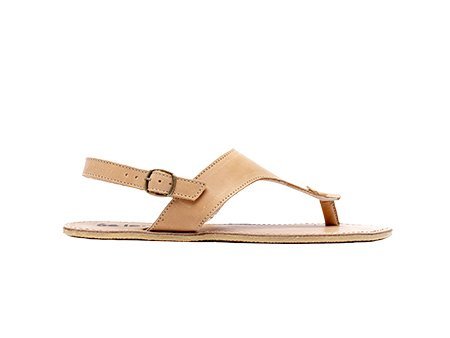
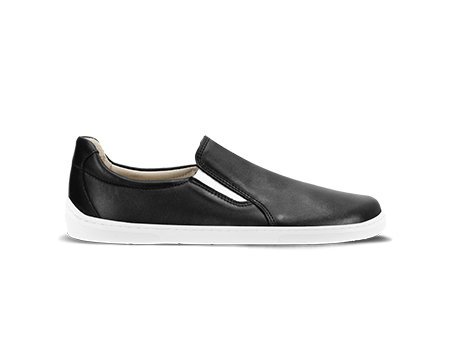

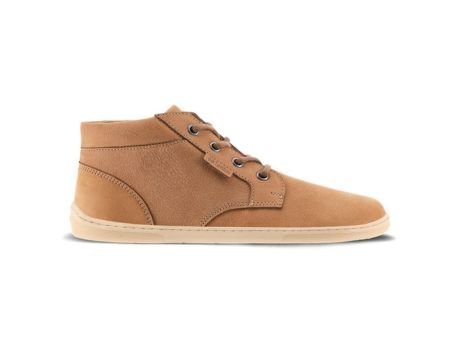

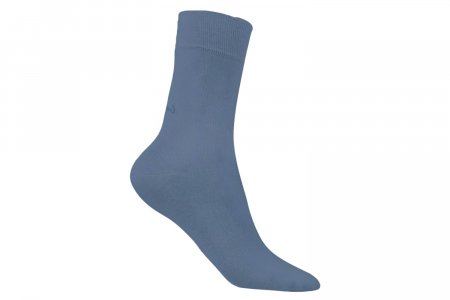
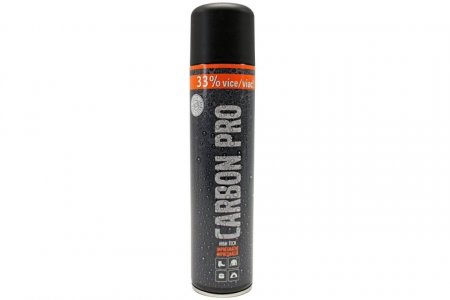
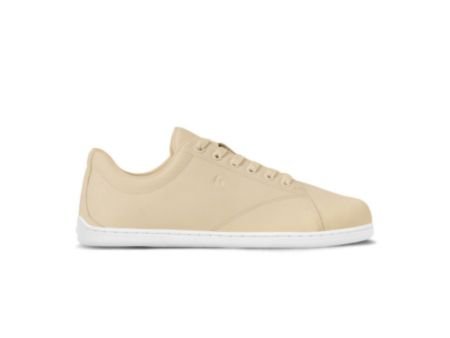
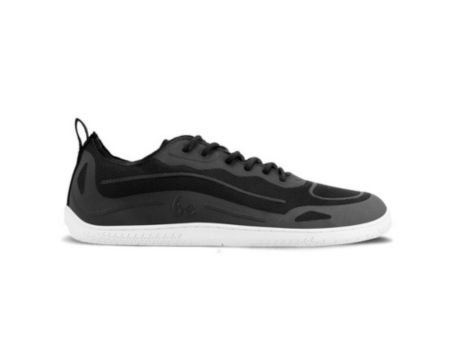
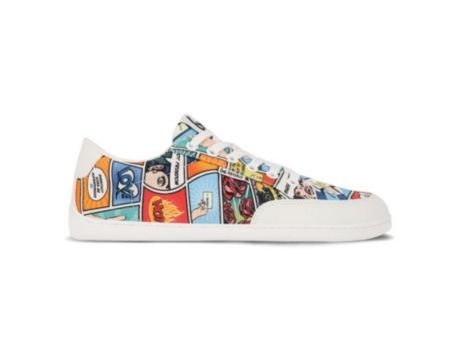

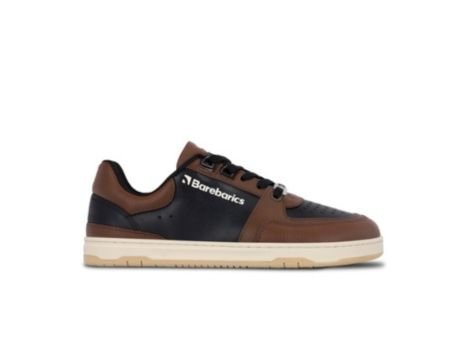


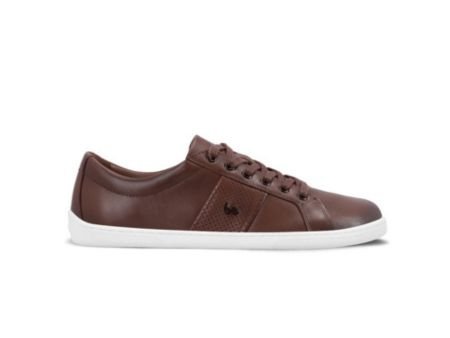
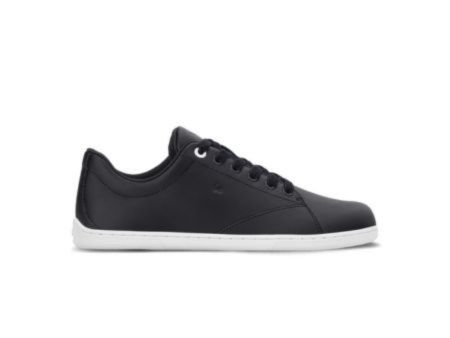
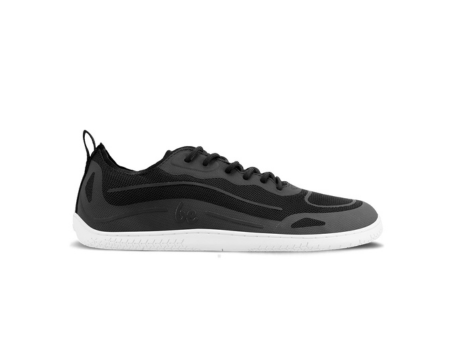

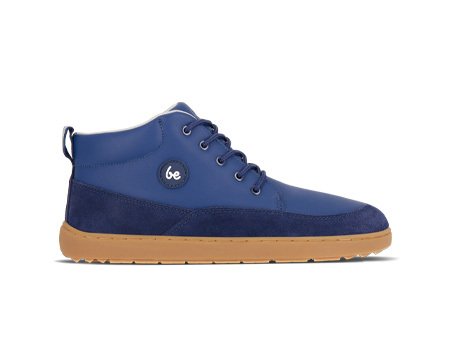

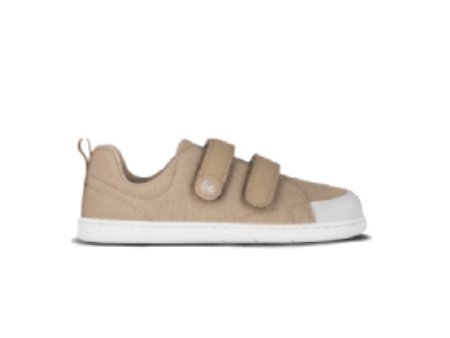

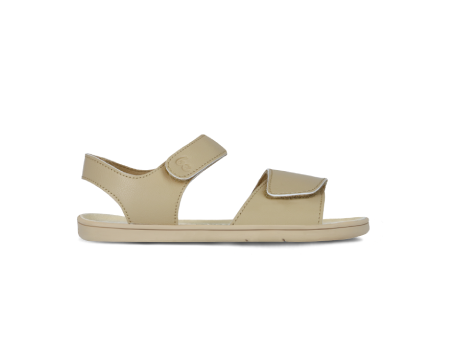
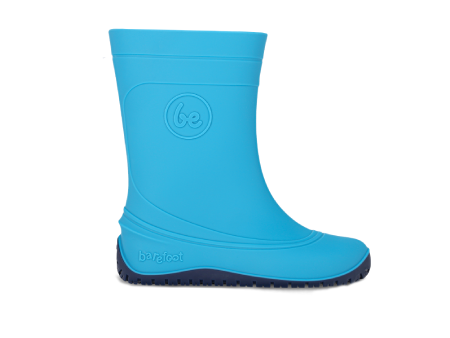
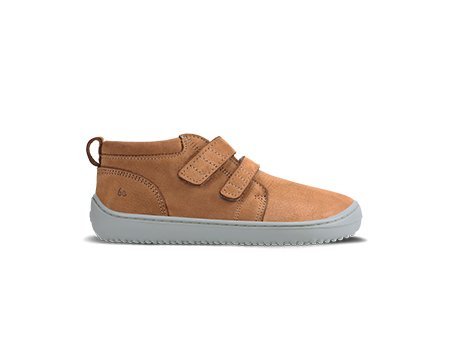
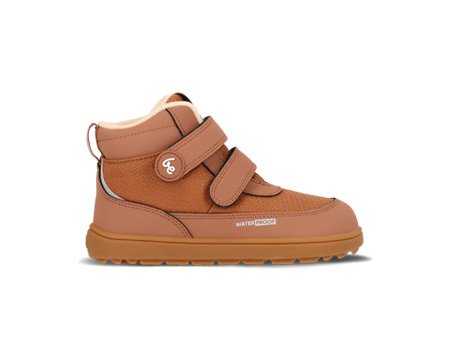
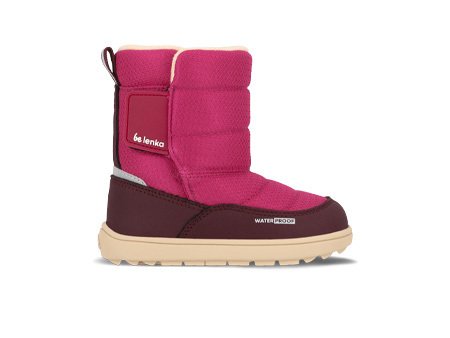

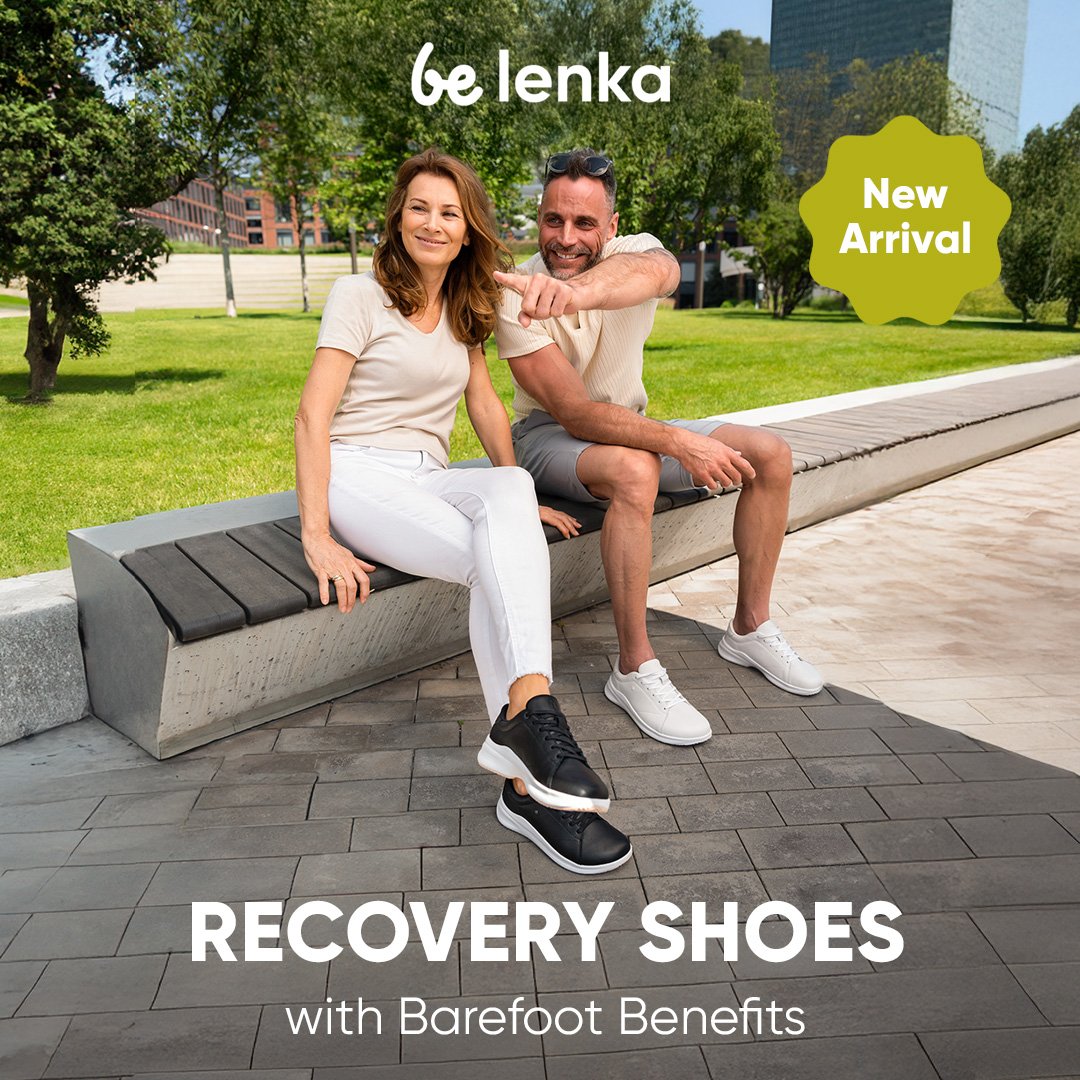
 Be Lenka
Be Lenka


